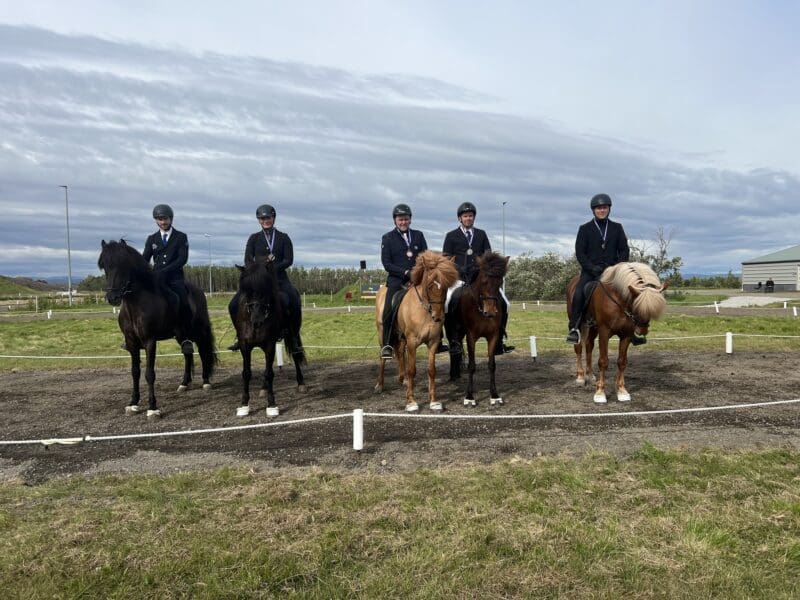„Við munum ekki afhenda MAST neitt myndefni“
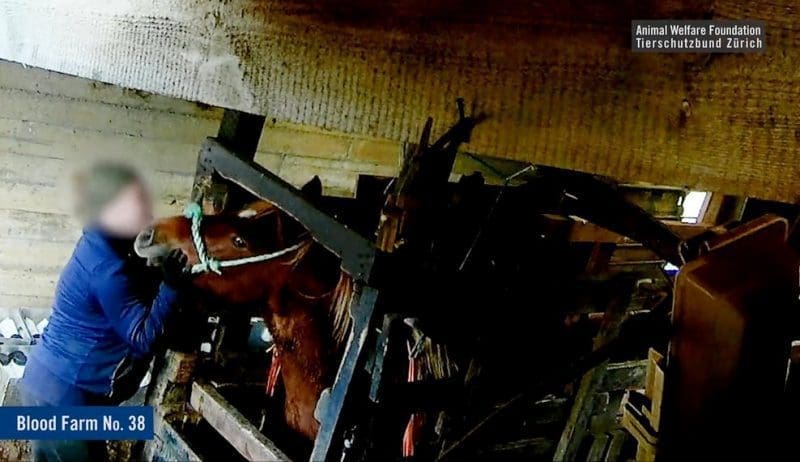
MAST hafði samband við dýraverndunarsamtökin sem standa á bakvið myndbandið sem þeir tóku upp af blóðmerum á Íslandi. Samkvæmt dýraverndunarsamtökunum bað MAST samtökin um aðstoð og að fá sent rannsóknarskýrsluna, nöfnin á bæjunum sem sýnd voru í myndbandinu, dagsetningar á upptökunum og myndefnið óklippt frá bæjunum. Samtökin neita að senda þeim þessar upplýsingar en samtökin sendu frá sér opið bréf bæði til MAST og til fjölmiðla þar sem þessar upplýsingar koma fram en bréfið birtist í heild sinni hér fyrir neðan.
Hér er bréfið í heild sinni:
Tierschutzbund Zürich
Kempttalstrasse 29
CH-8308 Illnau
Tel. +41 (0)44 482 65 73
info@tierschutzbund-zuerich.ch
www.tierschutzbund-zuerich.ch
Matvælastofnun / Icelandic Food and Veterinary Authority (MAST)
Austurvegur 64
800 Selfoss – Iceland
Illnau, den 1. Dezember 2021 OPEN LETTER
(via email)
and to the media
2111591 – Investigation documentation re blood farms in Iceland by AWF|TSB
Dear Ms Björnsdóttir,
Animal Welfare Foundation (AWF) and Tierschutzbund Zürich (TSB) welcome the fact that the Icelandic Food and Veterinary Authority MAST has decided to tackle the animal welfare violations against pregnant mares during blood collection for PMSG production. In a letter dated 25th November 2021, MAST contacted AWF and TSB and asked for assistance. In particular, MAST stated they would like to receive the investigation report, the name of the farms shown in the film, the dates of filming, and the unedited video clips from the farms.
In this regard, AWF and TSB would like to explain the following:
1) No individual cases
The documentary film (https://www.youtube.com/watch?v=SkHP65O4RUg&t=4s) shows three blood farms in operation, two of them in detail (filmed on 10.9. and 15.9.2021). We visited a fourth blood farm together with Isteka’s manager Arnthor Gudlaugsson (2.9.2019) but were not allowed to film or take pictures. We detected systematic animal welfare violations at all four blood farms. Severe animal cruelty, for example beatings, could only be filmed when the people concerned felt unobserved.
This is a systematic failure of supervision by Isteka ehf., as the veterinarians contracted by the pharma company to carry out all blood collections should also ensure animal welfare.
2) Systemic approach of the stakeholders: profit through genetic selection
Isteka ehf. told AWF and TSB in a personal conversation that they want to optimise the use of blood mares. Therefore, the company is intending to breed Icelandic horses that have a higher level of PMSG in their blood during pregnancy. The pharma company is pursuing the strategy to genetically select a “blood breed” of horse, in order to achieve higher blood yields with the same number of animals.
Critics: The Icelandic horse breed is genetically adapted to the economic interests of the pharma company. This goes against Iceland’s strategy to conserve the pure breeding line of Icelandic horses.
P 2/
3) Farmers as pawn sacrifice, used to keep alive the system of blood collection AWF and TSB are furthermore of the opinion that it is not sufficient to punish individual persons and farms that represent a system which is not controllable. The video recordings show that the supervision by MAST has failed, since at all documented blood farms there are systemic deficiencies, for example in the infrastructure (inadequate restraint boxes and raceways). With 119 blood farms and over 5,300 mares, it appears to us that MAST is overstrained with the control and implementation of improvements.
The suggestion of Isteka controlling the production with video monitoring is unrealistic. Calculation example of video monitoring: 119 blood farms with up to 10 blood extractions per season would make 1,190 video files. The whole process lasts 2-3 hours on average, which would make 2,400 to 3,600 hours of video recordings needing to be checked. To achieve this would be far from realistic.
4) Lack of awareness of problems on the part of the company Isteka ehf.
During an announced visit to a blood farm in 2019, together with Isteka, only about the last 20 blood extractions, out of almost 80 mares, were witnessed by AWF and TSB. Despite the audit situation, the NGOs detected systematic problems, which had to be pointed out to the representatives of Isteka: unprofessional handling (during freeing a mare’s head that had become stuck), infrastructure that poses a high risk of injuries, for example gaps in the restraint boxes, sharp edges on walls, slippery floors in the raceways and boxes. It should also have been obvious to the Isteka representatives that the mares displayed panic and fear, as well as other behaviours that indicate stress.
5) Ineffective supervision by MAST
The questions of MAST regarding assistance from the AWF and TSB are aimed at punishing the infractions and violations shown in the film. On the basis of the ineffectiveness of MAST’s supervision over past years, there is a great risk that, after punishment of the persons and farms shown in the film, the business will continue as it has for the past 40 years. Furthermore, an inspection of the blood farms is also possible without our assistance since MAST knows all locations of the 119 blood collections sites.
6) Semi-wild horses
Most of the mares used for blood collection are semi-wild horses. Isteka confirms that the horse human-interaction outside of the blood extraction season is minimal. These mares live the whole year out in the open and only have contact with humans for the purpose of blood extraction. Critics: This leads to a systematic problem. It is not possible to take blood from semi-wild horses without using violence or causing stress. It is unrealistic and not economically viable to train 5,000 mares to have their blood taken. Furthermore, the blood collection from pregnant horses is unnecessary, since there is a sufficient number of synthetic alternatives to PMSG available on the market.
P 3/
7) Economic interests take priority over animal welfare
Criticism should also be aimed at the fact that MAST has approved the volume of 5 litres of blood per week to be taken from each mare. This amount is a multiple of the volume that existing guidelines recommend, and it contradicts all international studies and recommendations known to us.
8) Unlawful approval
The production is approved by MAST as animal experimentation, but since alternatives are available (synthetical hormones, zootechnical measures), the approval is in breach of the Icelandic animal welfare legislation which is based on the principle of the 3 Rs: replacement, reduction, refinement.
9) Obvious systemic deficiency: inadequate infrastructure
During the blood extraction season from July to September, AWF and TSB found 40 out of the officially stated 119 blood farms. Many times, fresh excrements or empty Isteka blood canisters were proof that the blood farms were active at the time of the NGO inspection.
None of the documented 40 blood farms had suitable infrastructure for safe blood collection. For example, none of them had a non-slip floors inside the restraint boxes. There were no raceways that were designed in a way that would allow foals and mares safely walk and stand next to each other; the forced separation increases the stress levels of both the mares and foals. In addition to the problems of infrastructure, AWF and TSB documented further violations against the animal welfare legislation at the four blood farms in operation (beatings, use of dogs, fear and panic in the horses). Conclusion: These are not individual cases, since 100 % of the observed blood farms violate the animal welfare law.
10) One-sided profit for blood farmers and the pharma company Isteka
AWF and TSB get the impression that the economic interests of blood farmers are placed ahead of the interests of other owners of Icelandic horses. It is evident that the interests of blood farmers and the pharma company Isteka are being pursued one-sidedly. The application of Isteka to increase the volume of blood obtained from pregnant mares from currently 170,000 litres up to 600,000 litres, which is currently awaiting a decision, only serves the profits of the pharma company. Already today a control of the blood collection business is not possible, although it has existed for 40 years. An approval of the massive increase of the blood collections would make any supervision impossible. Furthermore, the proportion of blood mares compared to the total number of Icelandic horses would be around 30 %. With the intention to optimise blood mares for blood collection through selection, this would be in the medium term an intervention into the breed of Icelandic horses.
P 4/
AWF and TSB are prepared to talk to MAST. However, the NGOs are of the opinion that using the farmers as pawn sacrifice is not the solution to ending the massive, systematic animal cruelty against blood mares. PMSG is a booster for the economic interests of European industrial animal breeding companies and of the Icelandic pharma company Isteka ehf. At the same time, PMSG is responsible for massive animal suffering and decreasing the income of the majority of Icelandic horse owners.
The only solution to end the animal cruelty is a ban on the blood collection from pregnant mares for economic purposes. The approval of blood collection under the label of “animal experimentation” is not legally tenable.
It is not in our interest, as animal welfare organisations, to accuse individual people but rather the system that creates the jobs that result in such cruelty. In order to safeguard the personal rights of the people who are shown in the film but made unrecognizable, we will not hand over any footage to MAST. If the public prosecutor’s office should open an investigation, AWF and TSB are prepared to cooperate.
Yours sincerely,
York Ditfurth and Sabrina Gurtner
Chairman AWF|TSB Project Manager AWF|TSB
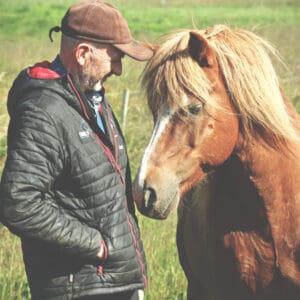

 16 ára stúlka lést í slysi á hrossaræktarbúi
16 ára stúlka lést í slysi á hrossaræktarbúi 
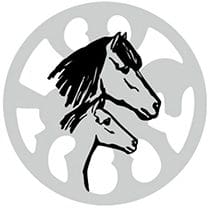 Fenrir frá Finnastöðum hlaut yfir 9,00 fyrir hæfileika
Fenrir frá Finnastöðum hlaut yfir 9,00 fyrir hæfileika 


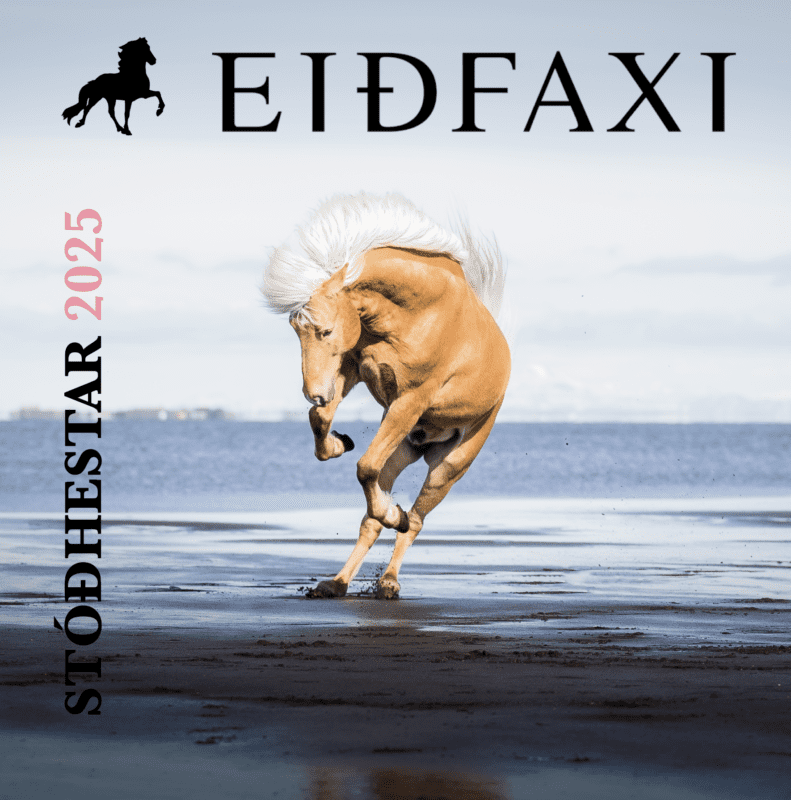


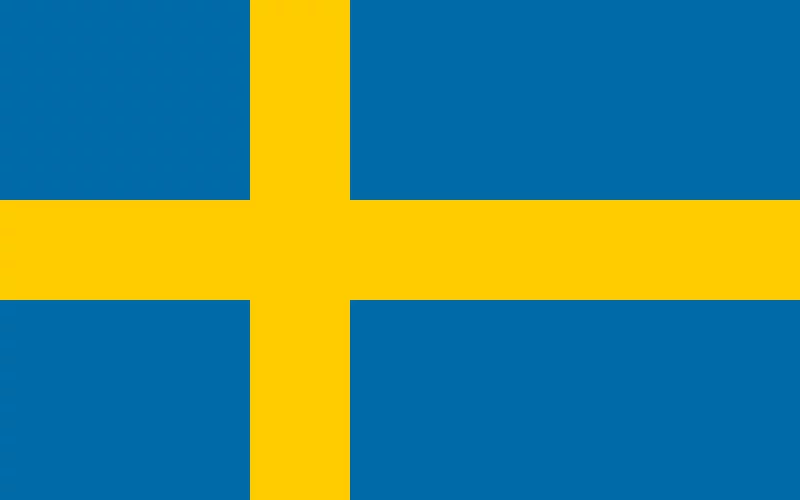 Sænska landsliði klárt fyrir HM
Sænska landsliði klárt fyrir HM 